Lounge Access, Fresh Experiences: What Younger Travelers Want from Airports
Airport satisfaction slips to 70 percent as travelers drift away from traditional retail to lounges, sleep pods, and experiential shopping
by Lauren Smith
April 17, 2024
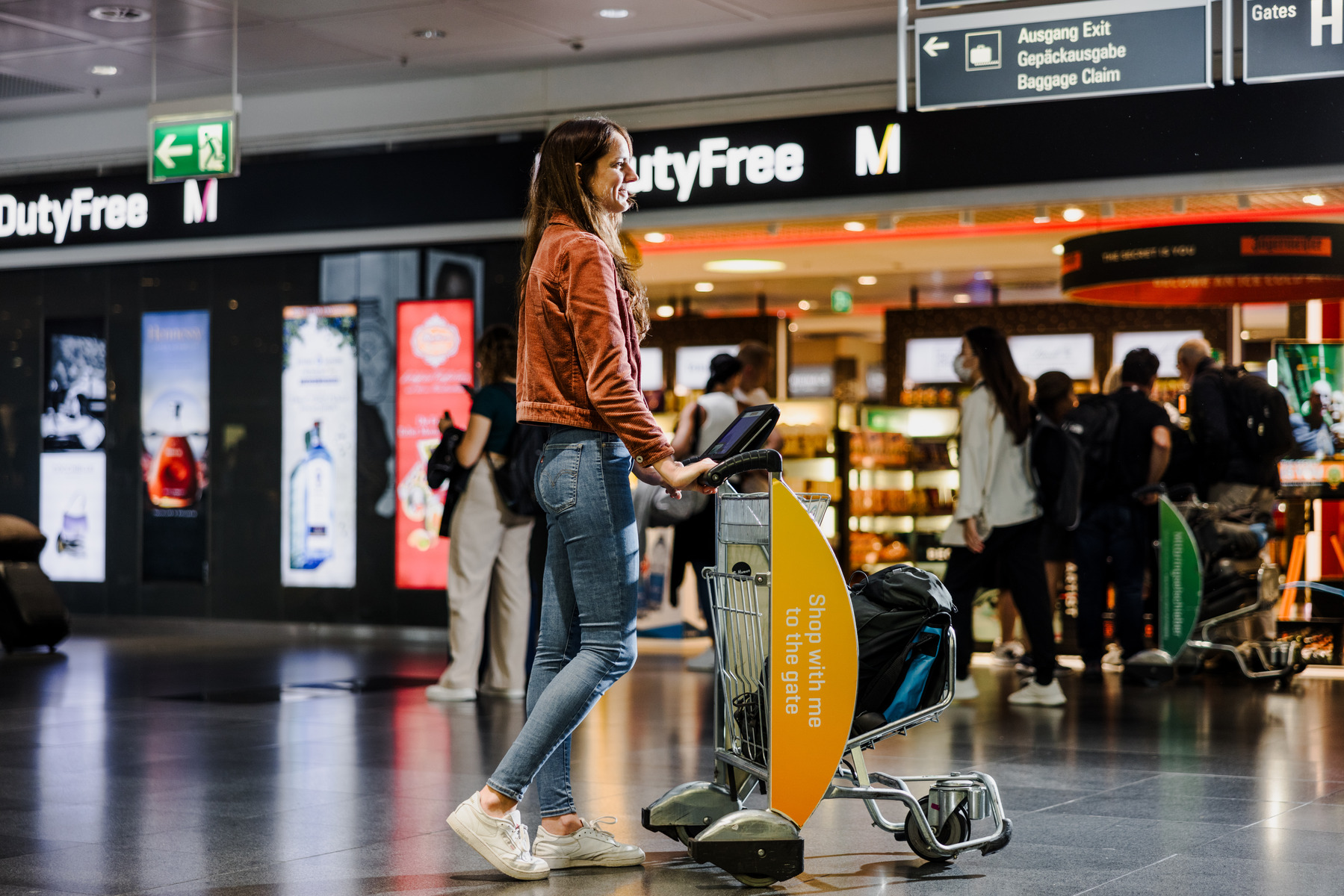
Photo: Courtesy of Munich Airport
According to a recent study by Airport Dimensions, regular travelers—defined as those who had taken at least two return trips in the previous year—are looking for more than just basic amenities like paperbacks and phone charging points on their layovers.
Younger generations, particularly Millennials and Gen Z, drive the demand for fresh experiences and digital connectivity in airports.
The study, called “AX24: The Age of Airport Experience,” surveyed 9,000 travelers and revealed that respondents expect to fly more frequently in the next year, with an anticipated increase of 8 percent.
However, overall satisfaction with airport facilities decreased by two percent to 70 percent, marking the first decline recorded by Airport Dimensions.
Opportunities for Airports to Evolve
Despite the dip in satisfaction levels, the consultants at Airport Dimensions view this as an opportunity for airports to evolve and cater to the changing preferences of younger travelers.
“Younger travelers want their time at airports to be more inspiring, enjoyable, and rewarding, and for their digital devices to access everything they need or want,” wrote Airport Dimensions CEO Mignon Buckingham.
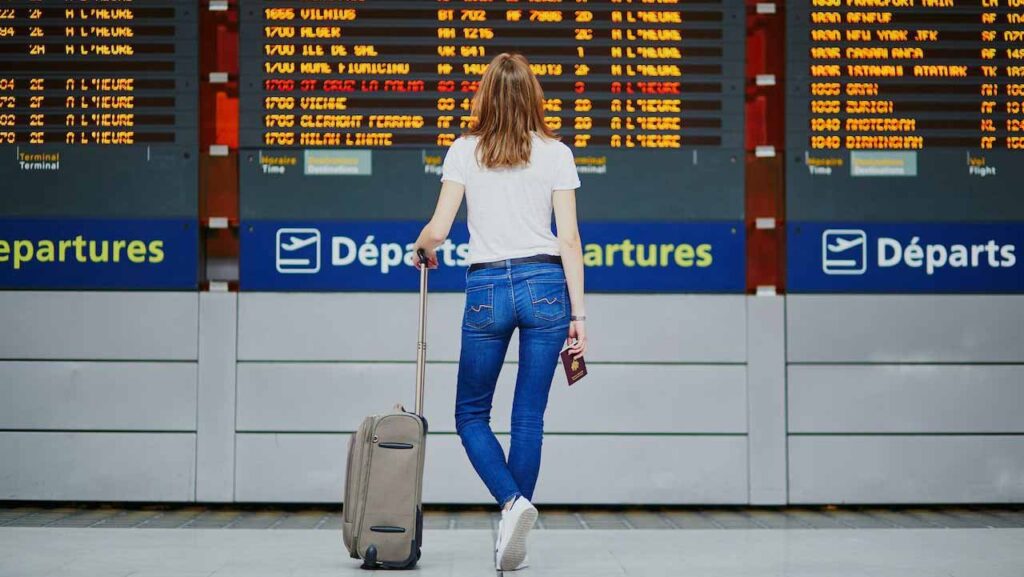
“So, it’s crucial for airports, and the brands seeking to grow within them, to understand and respond to this quickening pace of expectation.”
Stephen Hay, global strategy director at Airport Dimensions, added: “This is a really exciting time for airports. Travel is growing again, and travelers, especially younger travelers, have come back looking for new airport experiences.”
“They tell us that they want to spend on new experiences like lounges, quality food and beverage and a different sort of retail experience. Airports need to seize this opportunity and ensure they have the tools, relationships and engagement capability in place to drive revenue growth,” added Hay.
Spending Habits of Younger Travelers
These young travelers are less likely to spend money on traditional airport revenue drivers such as parking, fast track lines, and retail stores and are more likely to seek out novel experiences. That includes sleep suites, which drew the interest of 70 percent of Millennial and Gen Z travelers and account for 11 percent of their discretionary spending.
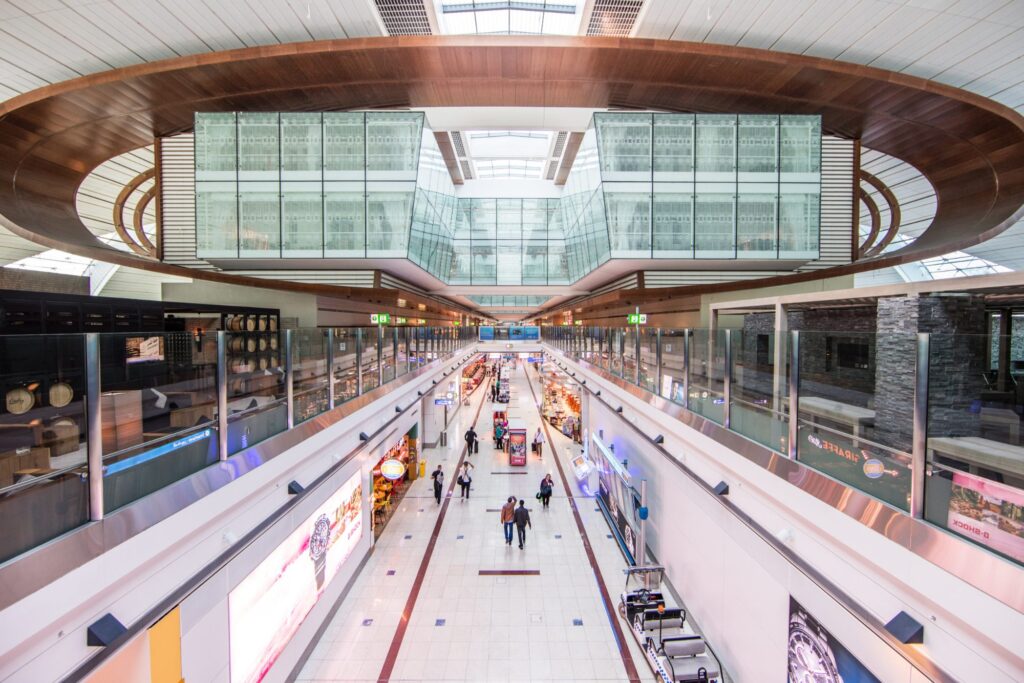
Photo: Dubai International Hotel at Concourse B. Courtesy of Dubai International Airport
Young airport visitors are also willing to spend on wellness and grooming offerings (9 percent of spending) and gaming (5 percent).
Long the mainstay of an airport visit, retail has slipped as a priority for guests, now trailing behind food and beverage options and lounges. Savvy internet shoppers are often skeptical about prices at airport stores and are equipped to seek out better deals once they land.
Airports can counteract this by offering memorable and enjoyable shopping experiences, such as walk-through duty-free stores, automated kiosks and vending machines, and hybrid lounges and stores from major brands, Airport Dimensions suggests.
The Rise of Lounge Destinations
Airport Lounges have become a major destination for airport guests. 70 percent of respondents said more lounge access options would improve their airport stay despite declining participation in frequent flyer programs, which now enroll just over half of all travelers (51 percent) and 38 percent of Zoomers.
Instead, airport visitors are more willing than ever to pay entry fees at lounge doors, with 30 percent saying they’ve done so.
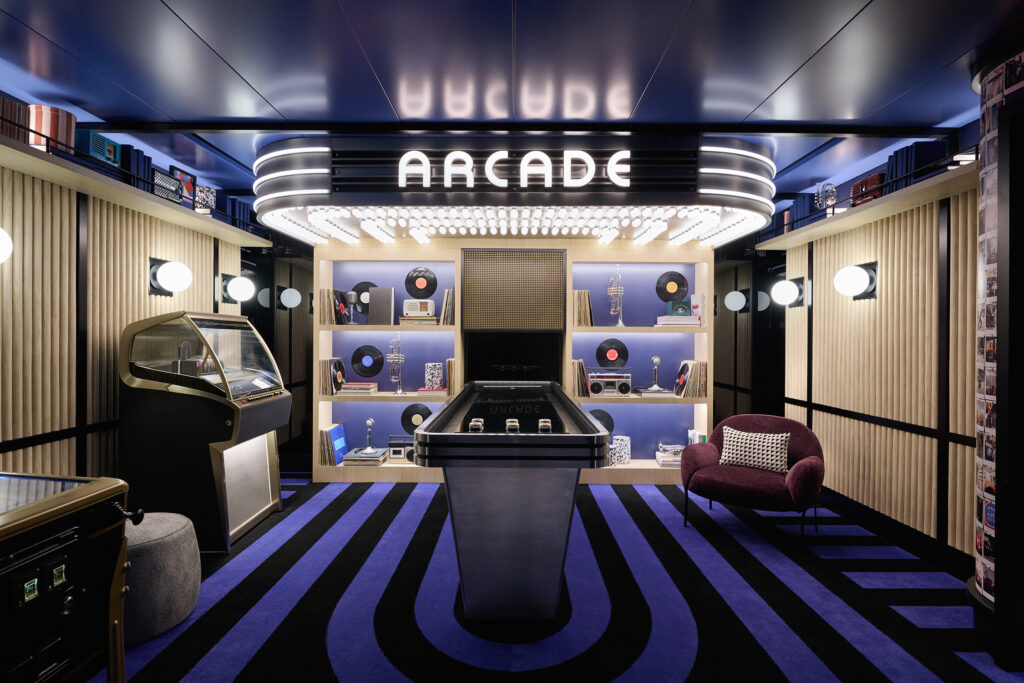
Photo: The Arcade, Chase Sapphire Lounge, LaGuardia. Courtesy of Chase Sapphire Lounge
What’s luring travelers into lounges? Food and beverage options are important for 79 percent, outweighing even the cost of entry (74 percent) for some. 61 percent are willing to pay even more for premium food within the lounge.
Lounge visitors also value digital services, including access to flight information (important for 86 percent) and digital food and beverage ordering (80 percent).
Furthermore, over half (52 percent) of lounge guests are interested in shopping at airport stores from within the lounge, suggesting another direction for airport retail to evolve.
Digital Services and the Importance of a Single App
Travelers generally seek improved digital services in the airport and after departure. 71 percent say they’d like a single app for their trip and all services within the airport.
Airports are also missing an opportunity to cultivate ongoing relationships with travelers. While 93 percent of respondents are open to communication from their favorite airport, 17 percent currently receive emails from that airport. 21 percent report that they don’t interact with the airport in any way.
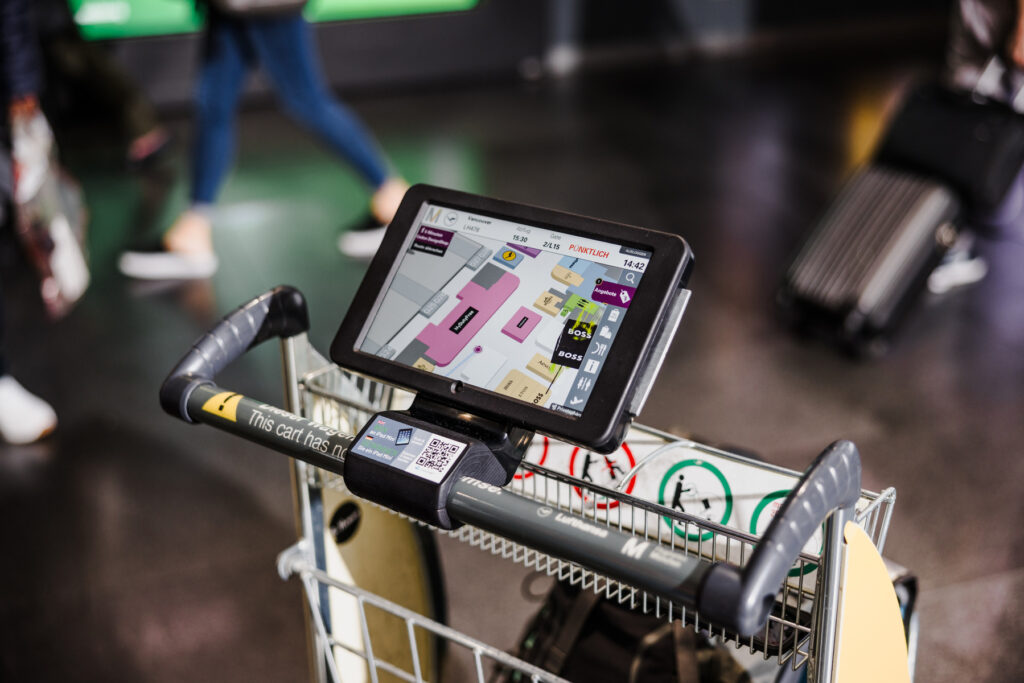
Photo: Courtesy of Munich Airport
“The digital airport is key […] helping to connect with all travelers, understanding and building a rapport with them before, during and after the journey,” Hay said.
“Travelers tell us they would welcome this, and engagement goes hand in hand with growing e-commerce, which offers up the flexibility, choice, and control that travelers need to access and be inclined to purchase the experiences they want at the time that they want them, and on their own terms.”
But airports shouldn’t neglect the basics in this push to offer engaging experiences and digital connectivity. 83 percent of travelers say they’d like better seating in terminals, and 79 percent want fewer queues.




